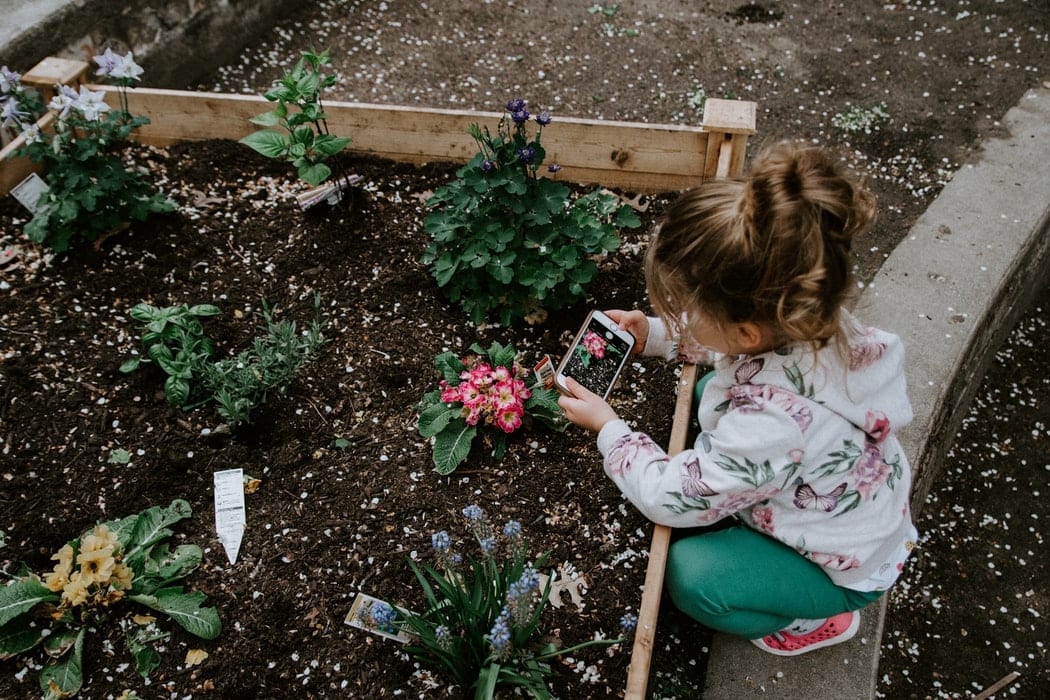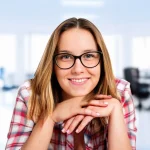Last Updated on February 16, 2025
While many want to have a green thumb, some simply don’t do enough research. Gardening, like all things in life, has various levels of skills that will test your knowledge. This can be knowledge of watering, outside elements, botany, and several other important factors.
For example, it’s important to know how much space you need, where the sun hits most of the day, and your own time commitment as you plan your garden. Below, you will find the most accessible way to set up your home garden along with the easiest vegetables to grow successfully for beginners.
Basic Vegetable Garden Set Up
In order to successfully grow your garden, you need to set up adequate space for your vegetables. This set up can be modified depending on what you’re growing. Most importantly, here are three key factors to always keep in mind:
1. Location, Location

The real estate for your garden is pivotal in the setup of your garden. For most vegetable gardens, you need a spot where sun hits for at least six hours a day. The sunshine does not have to be continuous, but it does need to be there. In addition, you want to avoid gardens that have slopes in them, as water can accumulate at the base and breed mold. Muddy gardens will prevent the growth of your seedlings. It is also important to understand how much space you will need for each vegetable. Yes, seeds are tiny, but fully-grown plants take up space. On top of that, overcrowding will restrict growth, and the plants will die if they are not given enough space.
2. Soil
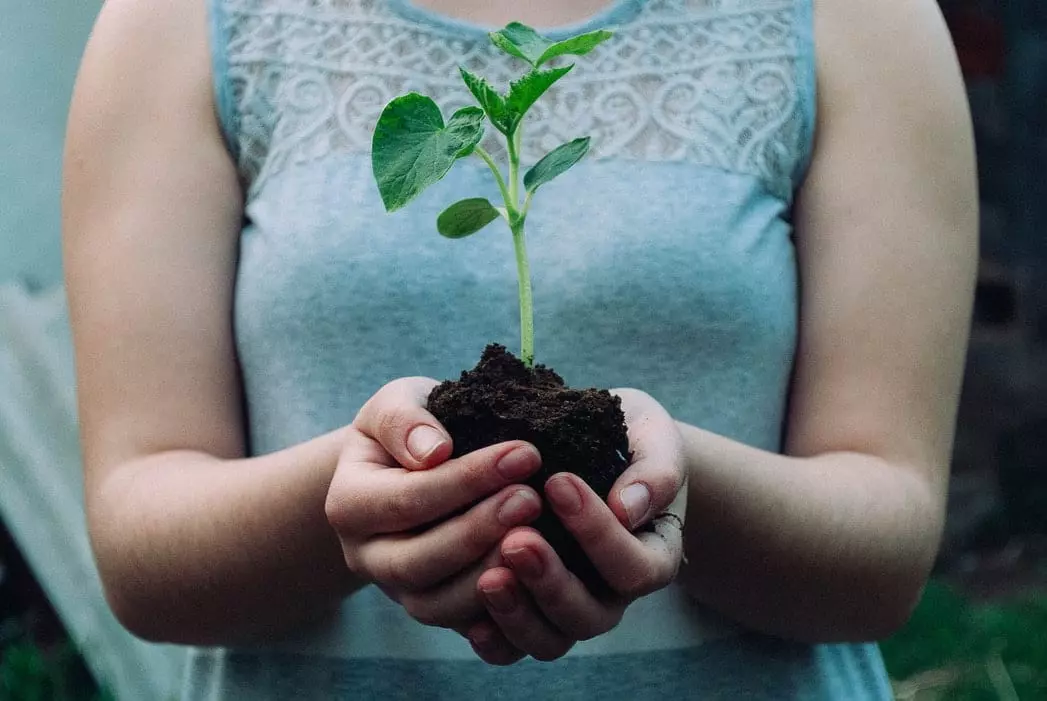
Fertile soil is critical for your garden. Some gardens naturally have smooth, dark, and moist soil; however, others may not and may need some extra care. If your soil is lackluster, however, feel free to grab some manure from the store and fresh soil to mix it with. When soil has good tilth, it drains well. Soil that is loose enough will allow for adequate drainage but should still be dense enough to retain long-term moisture for plant roots to utilize. Garden soil shouldn’t be one extreme or another, which is why you need to know where you’re starting from to get the best possible outcome. If soil is too dense, then you need to loosen it up by adding gritty organic material like composted bark. For soils that fall apart and are considered “too loose”, you need to increase the water holding capacity. Sphagnum peat moss is a great option for this and is widely used by gardeners. However, in either case, organic material continues to break down over time. Therefore, monitor your soil constantly and amend as needed. Understanding what makes the perfect soil will get you well on your way to having the best garden ever.
3. Pests
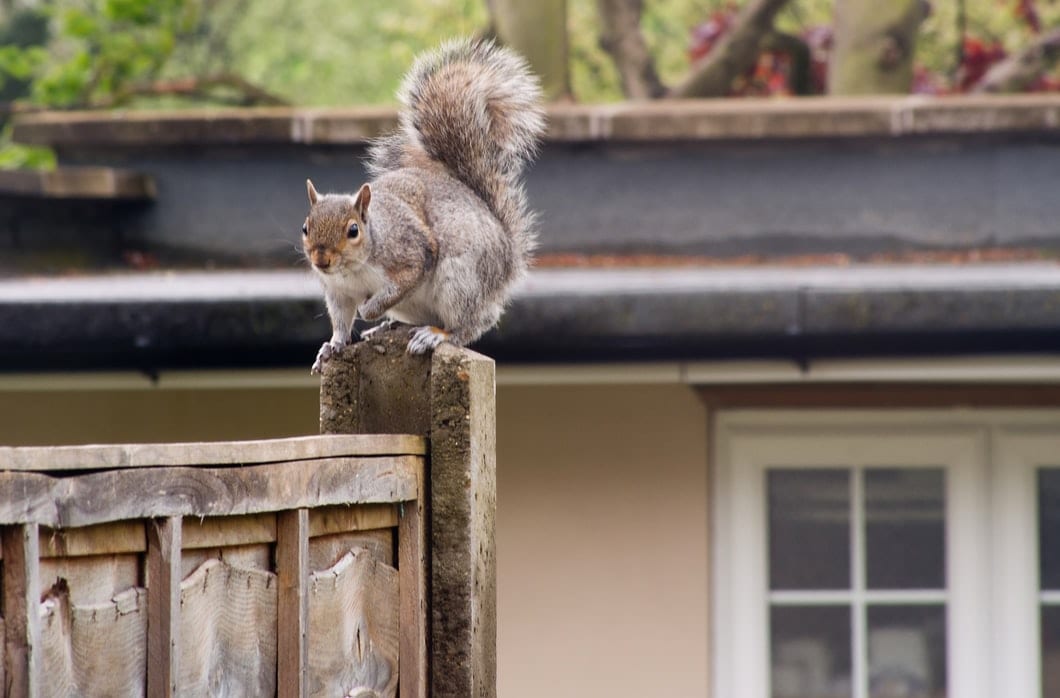
Having a garden that is filled with food is bound to draw pests – not just insects but also larger pests like squirrels. You can create sprays filled with Neem oil that are organic and can be sprayed directly on your vegetation. For larger pests like squirrels, you can fill pantyhose with human hair, as this deters squirrels. Human hair smells like people are near, so squirrels are less apt to come near the plants out of fear. You can also try beneficial nematodes. These nematodes come in a pouch get mixed in a sprayer. Once they are released, they will seek out multiple pests in your garden soil without harming your vegetables. Often, once your vegetable are large enough, you will have to contend will racoons, armadillos, and other nocturnal creatures. All you can do is try your best, and if it gets to be too much of a nuisance, you can try physical barriers.
Easiest Vegetables to Grow for Beginners
Now that you have your gardening space all worked out, it’s time to pick out your vegetables. Some of the easiest vegetables to grow are ones that make for a healthy salad, such as lettuce, tomatoes, cucumbers, carrots, and green beans.
1. Lettuce
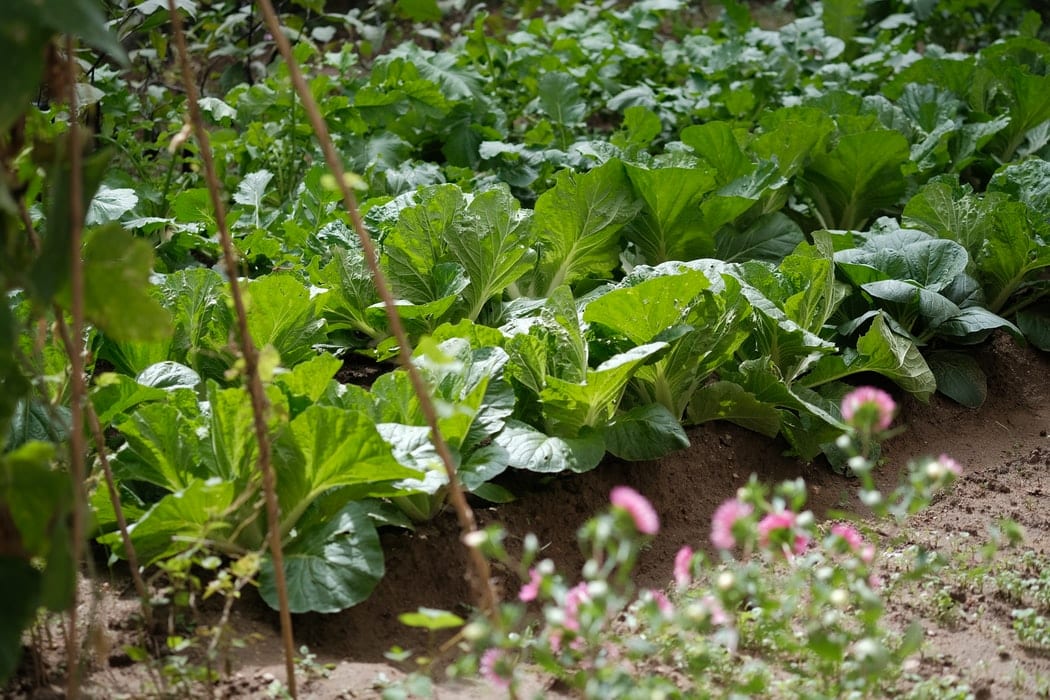
Lettuce grows very quickly and takes up relatively little space in a garden. You can constantly snip pieces of lettuce, and it will still continue to grow with minimal effort. Lettuce can also grow under shadier plots of land and even taller plants. Unlike with other vegetables, you want to encourage leaf growth over rooting. In fact, it is very possible to grow lettuce indoors and then transplant the heads of lettuce when there is warmer weather. You want to plant these lettuce heads early spring and fall.
2. Tomatoes
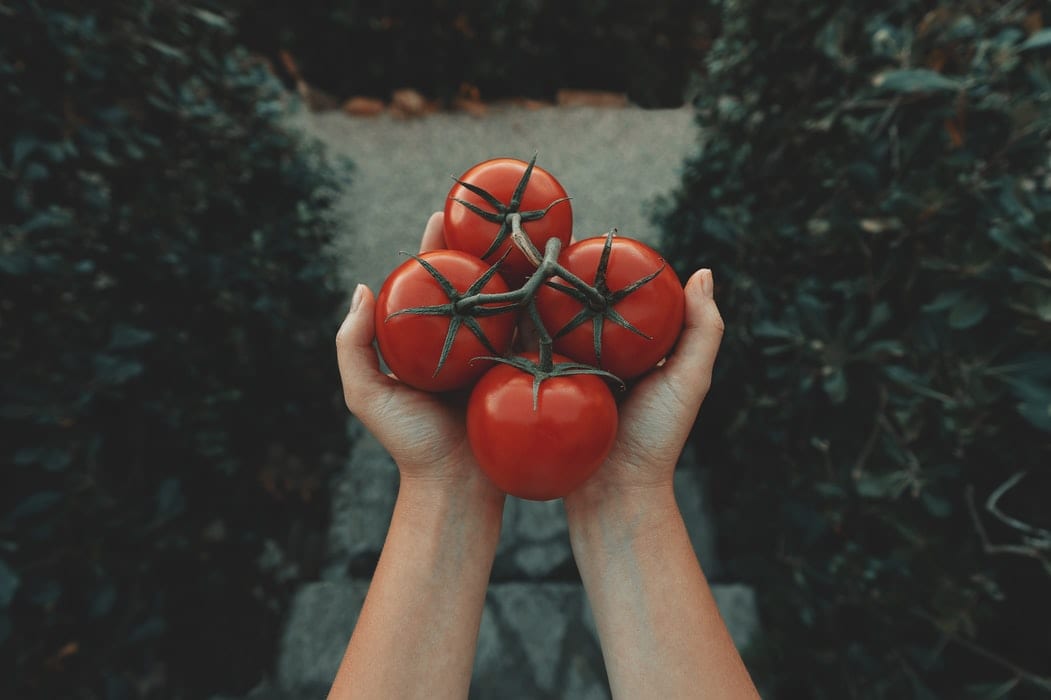
Tomatoes can be grown in the ground or even in hanging baskets if there is adequate access to the sun. A fun trick is plant basil next to your tomatoes. This not only keeps pests away but will add a nice flavor to your tomatoes once they are harvested. Tomatoes are one of the vegetables that won’t thrive if they are crowded because they need ample sunlight. Also, preheating the soil and keeping them warm will ensure your tomatoes thrive. Preheating the soil entails placing a tarp on the soil plot where you want to plant them. This trick keeps the soil moist and warm, which is perfect for tomato seedlings. In addition, don’t forget to prune the bottom leaves of tomatoes to prevent rotting, which can be common with these plants. Tomatoes can be planted in early February for summer tomatoes or early September for fall and winter tomatoes.
3. Cucumbers
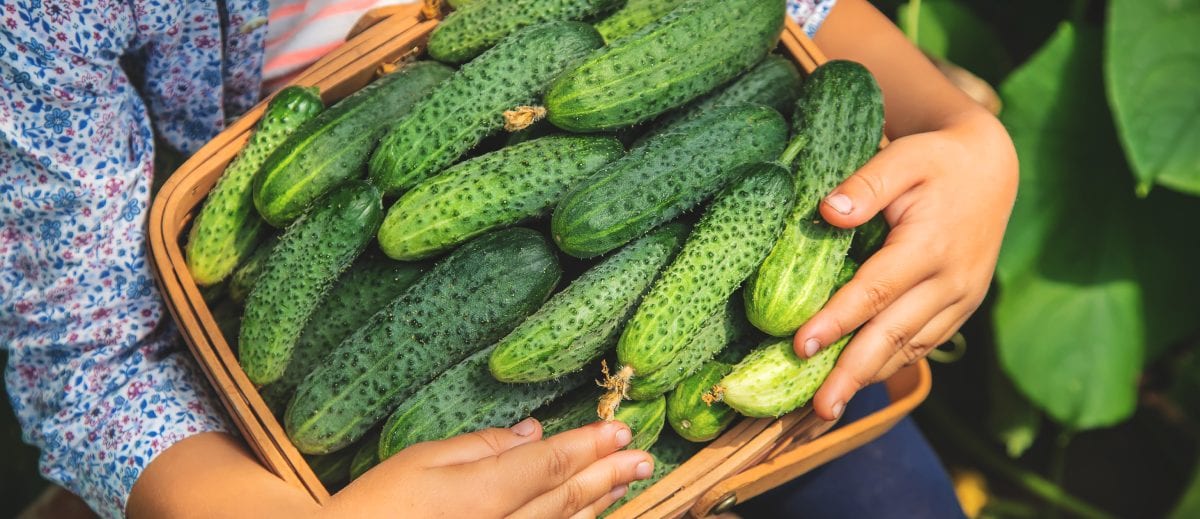
Cucumbers grow vertically and need something to attach to when growing. These veggies can also grow in a container as long as there is adequate sunlight. Once they find a healthy space with sun and water, they will grow like weeds. These plants produce so many cucumbers that you may find you want to pickle some of them. Cucumbers should be planted between September and January in warmer climates.
4. Carrots
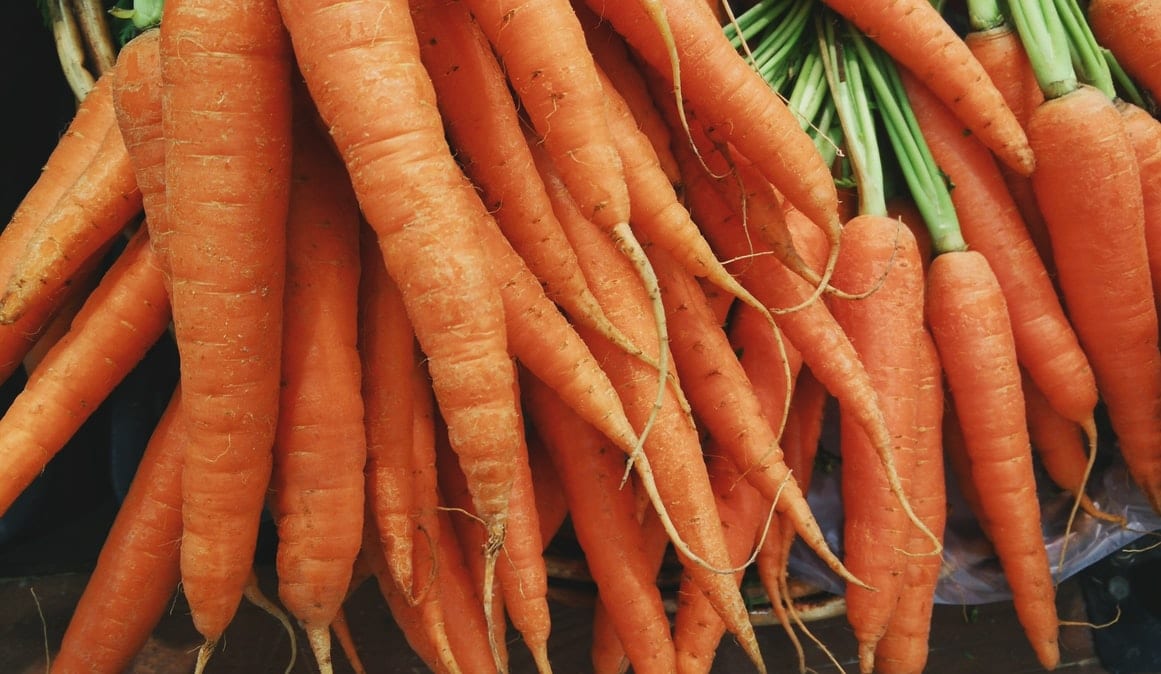
Carrots grow well once they have access to sun, but they can also do well in the shade. If you are wanting to try something different in your garden and create raised garden beds, then your carrots will excel. Carrots should be ideally planted in spring in cooler climates. However, you may want to wait until after you know there will be no more frost.
5. Green Beans
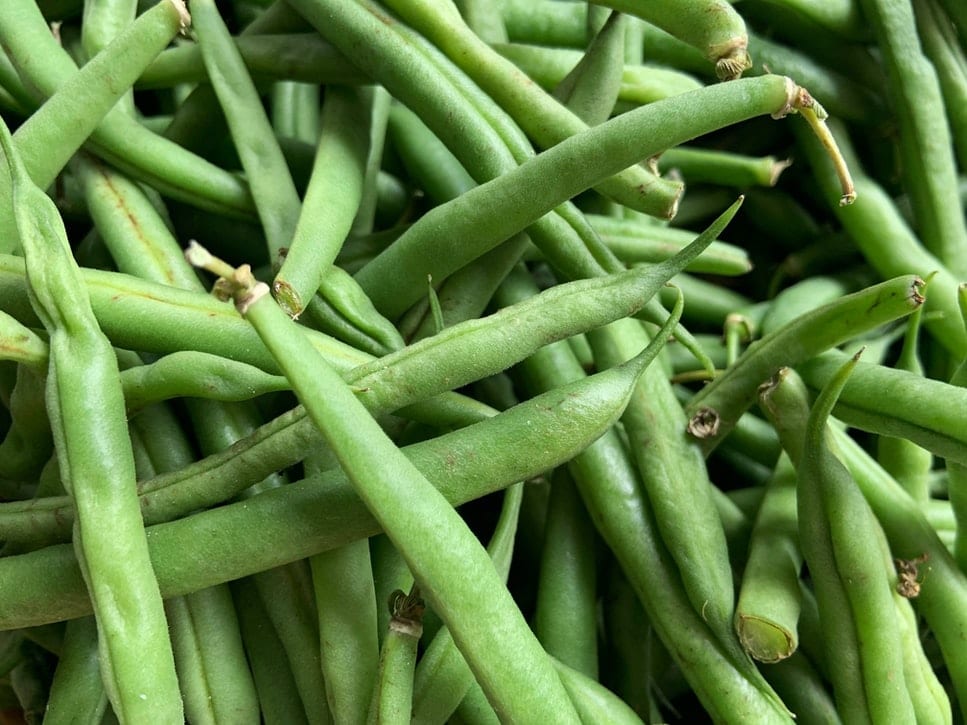
Green beans come in all sorts of varieties, but most have success with those that grow on vines. They can continuously grow as long as they have support, so be mindful of how high you want them to get. Bush style green beans take up less space but tend to be harder to grow, as they are so low to the ground. Unfortunately, many predators take them before you can actually collect them. Delectable green beans should be planted in the spring – ideally, when there is no danger of frost. Otherwise, fall harvest also works (again, before it begins to snow). Green beans are also very sensitive to colder temperatures, so it may take a few times to really experience an abundant season.
Ultimately, there are many variables that will affect your vegetable garden. Remember that some seasons will have a greater yield than others. With that said, it’s important to enjoy the process and learn through trial and error. The more you practice and immerse yourself in the world of vegetable gardening, the more fun you will have. Happy gardening!
- 14 Creative and Memorable At-Home Date Night Ideas
- 16 of the Best Shows to Binge Watch Right Now on Netflix
Meet Kourtney, a writer specializing in sex and relationships. Known for her honest and insightful approach, she explores themes of intimacy and personal growth. Her work combines personal anecdotes, expert opinions, and practical advice, helping readers navigate the complexities of modern relationships and embrace their desires. Kourtney's writing serves as a guide for those seeking authentic and fulfilling connections.
- Kourtney Andersonhttps://successiblelife.com/author/kourtney-anderson-freelance-writer/
- Kourtney Andersonhttps://successiblelife.com/author/kourtney-anderson-freelance-writer/
- Kourtney Andersonhttps://successiblelife.com/author/kourtney-anderson-freelance-writer/
- Kourtney Andersonhttps://successiblelife.com/author/kourtney-anderson-freelance-writer/

